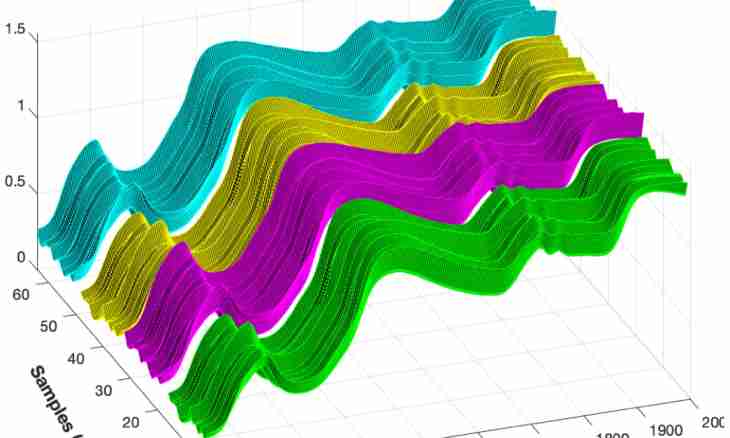Wavelength, speed of its distribution and frequency of fluctuations are the sizes connected among themselves. Most quickly electromagnetic waves in a vacuum move, the speed of their distribution in other environments is much less. Sound waves on several orders more slowly.
Instruction
1. Before implementation of calculations transfer all sizes presented in a statement of the problem to the SI system. Transfer the speed of distribution of waves to meters per second, frequency - in hertz, cyclic frequency - in radians in a second, wavelength - in meters. Index of refraction is dimensionless size.
2. To calculate wavelength, divide the speed of distribution of fluctuations into frequency. If in a statement of the problem instead of usual frequency it is given cyclic, previously calculate usual, having divided initial size on 2π.
3. The speed of light in a vacuum is a physical constant, equal 299,792,458 meters per second. In any other environment it is slightly less. The Wednesday is more dense, the stronger it slows down distribution in it electromagnetic oscillations. If any particle moves in substance with a speed which though is lower than the speed of light in a vacuum (in a different way cannot just be), but it is higher than the speed of light in this substance, there is a so-called luminescence of Vavilov-Cherenkov. To learn the speed of light in any given environment, find its index of refraction in the reference book then divide the speed of light into it. Air is an exception of this rule: the coefficient of its refraction is so close to unit that usually neglect it and consider the speed of light in it to equal same size for a vacuum. Nevertheless, in certain conditions Vavilov-Cherenkov's luminescence can be observed also in it. Therefore if the task demands the increased accuracy of calculations, accept the index of refraction of air equal 1.0002926. At the distilled water this indicator is equal to 1.33.
4. If the speed of light with increase of density of the environment decreases, then acoustic speed - increases. It is connected with the fact that to electromagnetic oscillations substance prevents to spread, and mechanical - on the contrary, cannot extend without it. In a vacuum the movement of sound waves is impossible at all. Do not use any coefficients for calculation of acoustic speed in any given environment, and take values of speeds from the table. Take acoustic speed in air at zero degrees Celsius and atmospheric pressure for 331 m/s, in the distilled water at a surface - for 1,348 m/s.

